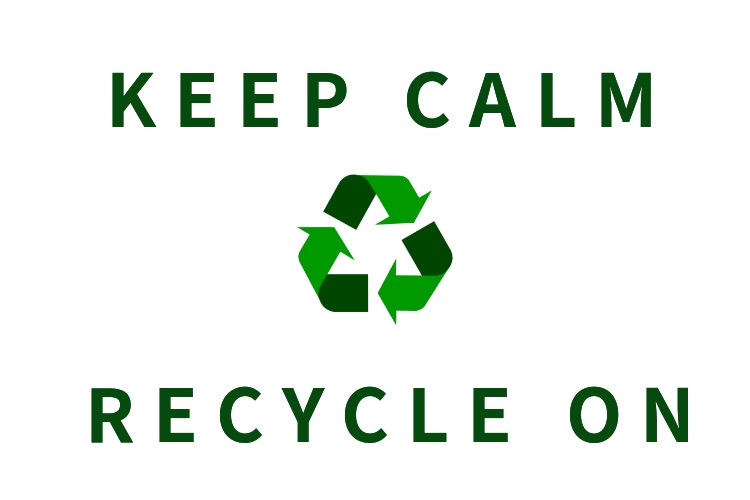
graphic by Halle Bristow
Instead of throwing away bottle caps, there are economically conscience alternatives.
The rise of pollution during the Industrial Revolution was a call to action for the first modern environmental protection movement in the United States, and American environmentalists have advocated for sustainable management of resources by encouraging changes in public policy ever since. The campaign has gained influence since the 1960’s, informing Americans about the risks from ozone depletion, deforestation, global climate change, and many other environmental concerns. The movement grew so big that in the 1970’s the United States initiated new legislation that set environmental conservation standards that are upheld today. This includes the Endangered Species Act, the Clean Air Act, and the Clean Water Act, all of which restrict corporate operations such as carbon emission and pollution levels.
Ever since then, the phrase “reduce, reuse, and recycle” has been prominent in American society. The importance of conservation is reinforced by this notion of individual action. Even on a personal scale, people can do their part to help save the environment and generate a domino effect that works towards worldwide conservation. Nowadays, it is rare to find a building or household that doesn’t recycle. However, it can be confusing to distinguish which items go to the landfill and which items can be recycled. For more information, the recycling services page at the City and County of Denver’s official website contains a directory on what items can be recycled and where. Everything from paper to glass to plastic can be recycled, with only a few exceptions.
One of these recycling exceptions includes bottle caps. Plastic takes over five hundred years to biodegrade, which emphasizes the importance of recycling it. However, bottle caps can no longer be recycled because they cause mechanical problems when they fall through the spaces between the conveyor belts in recycling centers. As an alternative, there are many organizations that encourage the public to donate plastic bottle caps to their cause. For example, Aveda, a natural and eco-friendly beauty supply company, now has a program that collects bottle caps. Caps Of Love is another alternative for bottle caps. It is a nonprofit charity that uses the proceeds from recycling bottle caps to provide handicapped children with free wheelchairs. In addition, Resource Area For Teaching (RAFT) Colorado transforms excess materials into hands-on learning activities for students. They accept all donations, including wine corks, jewel cases, plastic bottle caps, and more. Milk Caps for Moola, a program sponsored by Longmont Dairy, helps students earn money for their schools by donating milk caps, which are redeemable for cash. Another program, titled Gimme 5, works in association with Whole Foods Market and other select grocery stores to turn plastic and other surplus material into new products.
Companies that collect donated material for recycling typically accept all plastic made from polypropylene. This is because polypropylene is one of the most popular plastics, especially for bottle caps or containers, due to its strength and high melting point. This means that it can contain hot liquids and substances without becoming deformed. However, because bottle caps and certain lids fall through the conveyor belts in landfills, this waste is disposed of by burning it. This is extremely harmful and damaging to the ozone, because burning polypropylene releases dioxins and vinyl chloride, which can pollute the atmosphere with carbon dioxide. Carbon dioxide is a greenhouse gas, therefore it traps heat from leaving Earth’s atmosphere, which can lead to global climate change.
People can join the movement by donating lids and bottle caps to local organizations such as Gimme 5, Milk Caps for Moola, RAFT, Caps Of Love, or Aveda. For reference, reusable plastic is easily identified by the recycling symbol, which is three green arrows chasing each other in the shape of a triangle. Bottle caps made from polypropylene include twisting tops with a threaded neck, usually from soda or water bottles, or flip-over caps from a tube or product like those on ketchup bottles. By the simple act of saving bottle caps and jar lids, it will prevent valuable plastic from getting trashed, and help save our environment.
* Resources used: Environmental Protection Agency, City and County of Denver, Science Learning Hub, Aveda Corporation, Caps of Love, Longmont Dairy Farm, Gimme 5 Program, and British Plastics Federation.